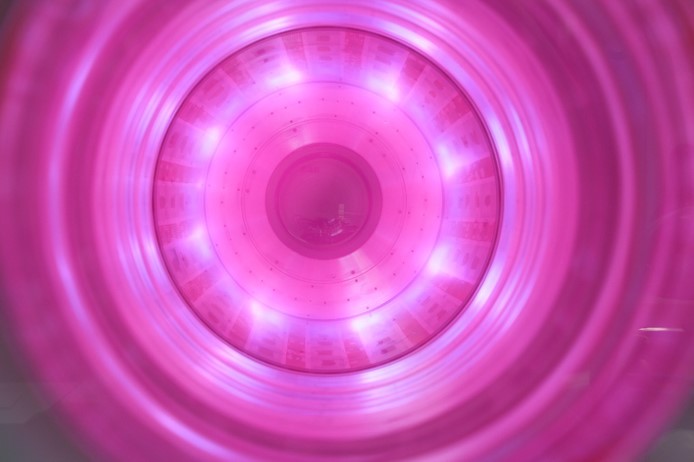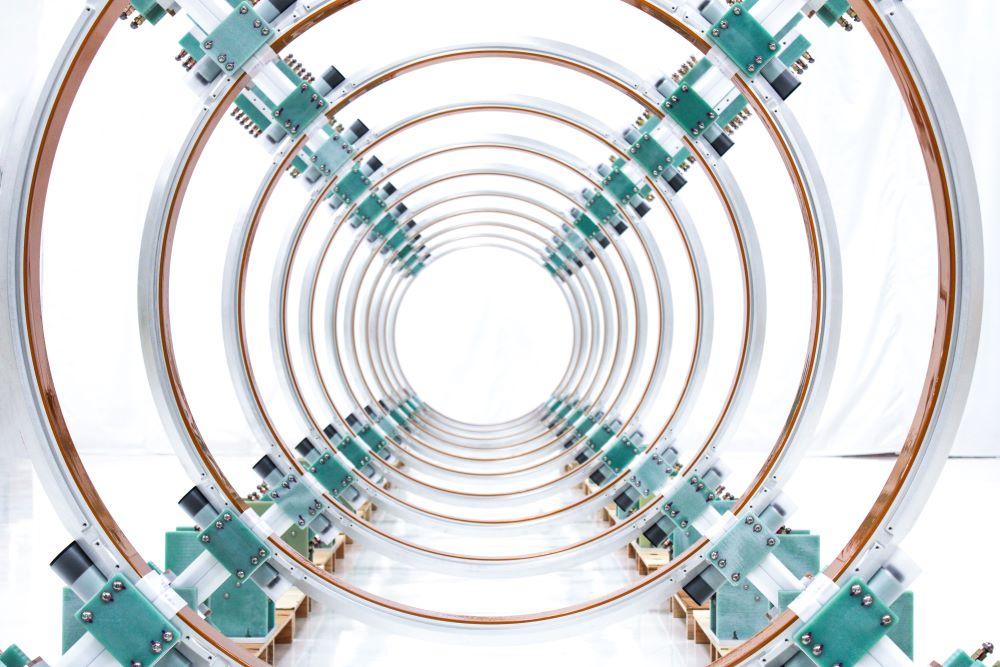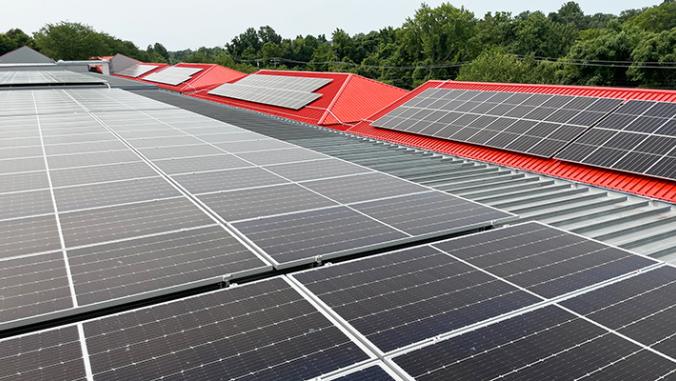One of the largest U.S. steelmakers, Nucor, is investing $35 million in fusion venture Helion to develop a 500-megawatt power plant that it said could be up and running by the end of the decade.
This is the second high-profile commitment this year for the Everett, Washington, energy company: In May, Microsoft signed up to buy power from a different plant that Helion hopes will begin generating power in the region by 2028, in collaboration with Constellation Energy.
Viewed by researchers and advocates as a potential inexhaustible source of zero-carbon power — particularly for carbon-intensive industrial processes — nuclear fusion has a long history of delayed promises and unfulfilled hopes. As the climate crisis intensifies, though, it is attracting new support from investors and policymakers.
"We are optimistic that fusion energy can be an important technology to help the world transition to clean energy," said Microsoft Vice Chair and President Brad Smith, in a statement about the deal.
The fusion funding firehouse
Helion is one of 30 or so companies seeking to commercialize nuclear fusion technology, which fuses hydrogen atoms under enormous heat (10 million degrees Celsius) and pressure to generate energy. Interest in the sector spiked late last year after a widely publicized breakthrough test at Lawrence Livermore National Laboratory.
"We still have a lot of work to do, but we are confident in our ability to deliver the world’s first fusion power facility," said Helion CEO David Kirtley, when the Microsoft deal was announced. Still, skeptics abound.
Proponents say nuclear fusion is safer than nuclear fission, which splits atoms apart and leaves behind radioactive waste. In an April ruling, the Nuclear Regulatory Commission set the stage for new regulations. A California bill that authorizes the state’s energy commission to research the potential of fusion energy was signed by Gov. Gavin Newsom in early October.
The Biden administration has also supported research: The Department of Energy doled out $46 million to eight fusion companies in May. (Helion wasn’t one of those, but it has benefited from ARPA-E funding in the past.)
"While recent breakthroughs by the fusion energy research community represent considerable progress toward achieving commercial fusion, significant science and technology challenges remain," the White House said in March 2022.
Helion is backed by more than $600 million in venture funding; the company’s biggest investor is OpenAI CEO Sam Altman. Many high-profile investors, including Bill Gates, are pouring money into the field. To date, an estimated $4.7 billion has flowed into these ventures, more than half in the past year, estimates the Fusion Industry Association.

Source: Helion
What you should know about Helion
Helion is distinguished by the relative maturity of its technology, called magneto-inertial fusion. That process superheats deuterium and helium-3 until they turn into a plasma that is then accelerated in a pressure chamber with the help of magnets and compressed to cause a fusion reaction. This reaction creates an energy current to generate electricity.
Helion’s goal is to produce electricity from its prototype reactor by 2024.
The partnership announced in late September calls for a Helion installation to deliver power directly to a Nucor steelmaking facility; the site hasn’t yet been selected. Nucor and Helion said deploying fusion energy at one of Nucor’s largest mills could reduce Scope 2 emissions related to production by 500,000 metric tons annually.
Nucor, headquartered in Charlotte, North Carolina, is one of the largest scrap metal recyclers in North America. The company reported $41.5 billion in revenue for 2022. Its electric arc furnaces produce one-third the emissions of blast furnaces. But Nucor’s processes still consume an enormous amount of energy.
The steel company has committed to reducing the emissions intensity of its business by 35 percent by 2030. In August, it signed a contract to purchase 250 megawatts of renewable energy from a solar farm being built in Kentucky. Nucor is also buying 100 megawatts of wind-generated electricity from a farm in North Texas.






